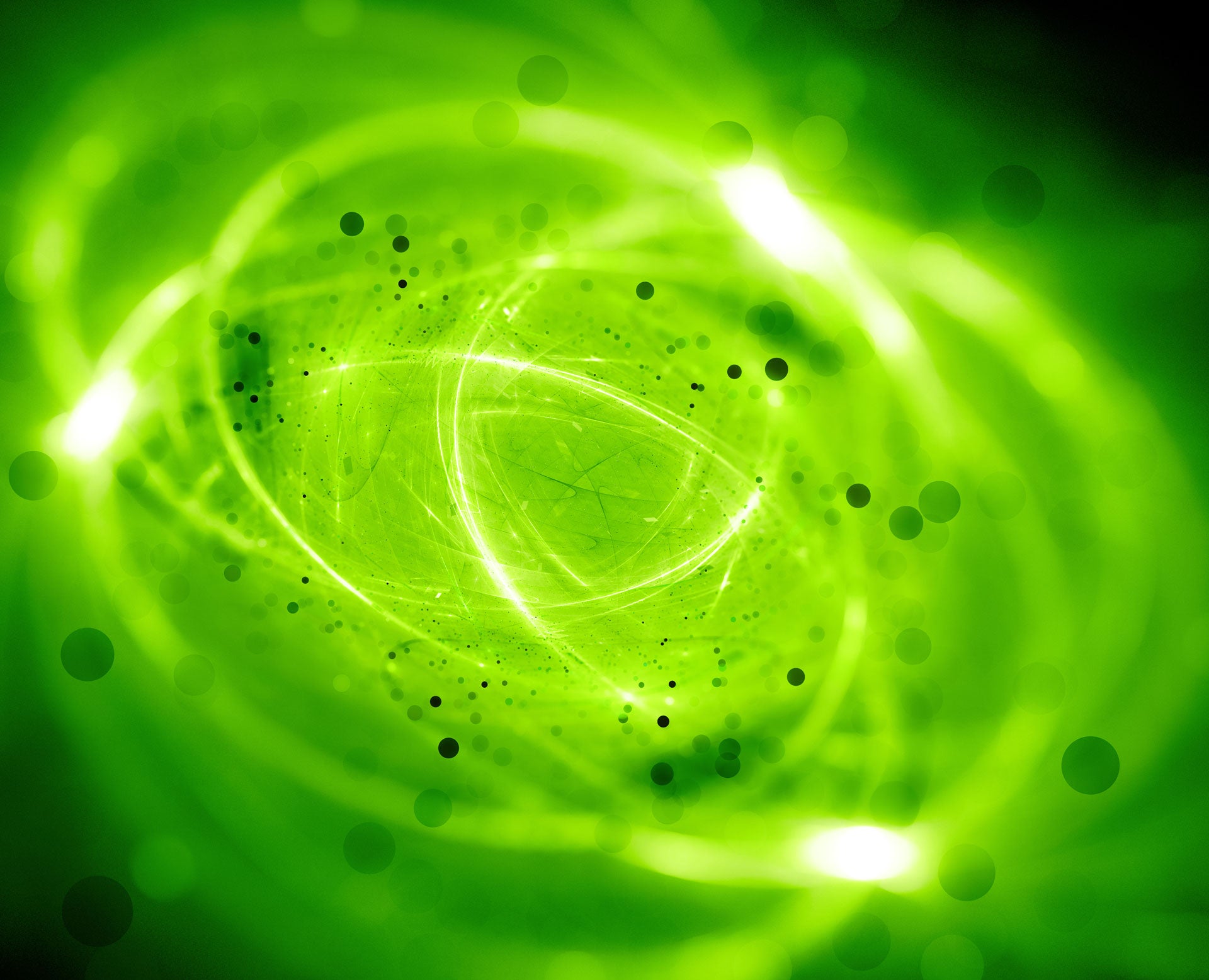
Promising a step-change in energy generation, fusion power has long been on the horizon, but a breakthrough concept known as a fusion island could ultimately make it a reality far sooner than previously thought.
A fusion island is a novel sub-system in fusion energy reactors that plays a vital role in converting fusion energy into heat.

Access deeper industry intelligence
Experience unmatched clarity with a single platform that combines unique data, AI, and human expertise.
Developed by Oxford University spinout First Light Fusion, it is thought to be capable of overcoming some of the biggest barriers to making fusion power a reality, but until now it has remained an untested concept.
However, an exhaustive project to test the viability of the fusion island concept by the UK Atomic Energy Authority (UKAEA) has today concluded that the project is viable – giving First Light Fusion the green light to proceed with real-world tests of the technology.
The spinout plans to demonstrate fusion by the end of this year, and has the lofty goal of demonstrating gain – where more energy is generated with fusion power than was used to create the fusion reactions in the first place – by 2024.
This may sound unremarkable, but it would be an incredible achievement if First Light Fusion manages it: no one in the world has yet demonstrated gain with fusion power.

US Tariffs are shifting - will you react or anticipate?
Don’t let policy changes catch you off guard. Stay proactive with real-time data and expert analysis.
By GlobalData“We are delighted with the positive conclusion from this work done with UKAEA, the world leaders in fusion engineering,” said Nick Hawker, founder and CEO of First Light Fusion.
“We have learned a huge amount about the engineering specifics of the system, which we are now taking forward into further work.”
The road to fusion power
In theory, fusion energy should be capable of generating vastly more power with far fewer side effects than fission, the form of nuclear power currently used to generate much of the world’s energy today.
Rather than splitting atoms into two or more smaller ones to produce energy, it involves joining lighter atoms into a larger one. This process produces far more energy than with fission, and also requires lighter atoms – typically hydrogen isotopes deuterium and tritium – that don’t need to be enriched before they can be used.
Furthermore, rather than producing the highly radioactive waste material that is left over from fission reactions, fusion’s byproduct is far more benign, typically in the form of helium and fusion power plants are – at least in theory – safer to operate.
With far more power generated per plant, improved safety and cleaner operation, not to mention lower energy generation costs as a result, it’s easy to see why researchers are so keen to make fusion a reality. However, while fusion reactor development has been going on for almost 80 years, so far the energy costs to get the reaction to occur have been higher than the resulting power, with the much-desired gain still out of reach.
In the race to achieve this gain, experts working on fusion energy research have focused on refining the design of fusion energy reactors. And First Light Fusion believes its fusion island may be the solution.
The benefits of a fusion island
The fusion island sub-system is responsible not only for converting the fusion energy into heat but also managing the fuel supply in a fusion power plant.
It is novel because rather than encouraging a symmetrical implosion – an approach taking with traditional fusion reactor designs that is plagued with inherent instabilities in the reaction process – it harnesses the instabilities of the process to encourage an asymmetrical approach.
The design has the potential to achieve the hallowed gain because it tackles three of the biggest issues that have plagued fusion reactor design – with the UKAEA study verifying that the fusion island successfully tackles these.
The first is neutron damage, where over time radiation from the high-energy streams of neutrons that make up much of fusion energy cause damage to the structure of reactors. Neutron damage can be a problem in fission too, but it is far worse in fusion because the larger amounts of energy generated mean higher neutron energies.
The way the fusion island handles these streams of neutrons means, according to First Light Fusion, that there is less damage to the structure – making the long-term running of the reactor in question more viable.
The second is heat flux, the density of energy flowing through the reactor. If there is too much energy concentrated in one place within a reactor for too long, this too can cause severe problems with its operation – something that the fusion island is designed to handle.
The third is tritium production. Tritium is one of the key fuels in most fusion reactor designs, and is fused with deuterium to generate the fusion energy, but with a half-life of 12.3 years, it is exceptionally hard to find in the wild.
As a result, it needs to be produced in the reactor itself, which is typically achieved using lithium-based material that is coated to the reactor’s inner walls. This reacts with the fusion neutron, generating the required atomic tritium.
The fusion island handles this process, with the UKAEA study also confirming that its design allows the material to be pure lithium – removing the need for a material to be custom-created for the design.
“It is hard to overstate the importance of being able to make the power plant from existing materials, like natural lithium,” said Hawker.
“This has the potential to bring fusion power to market up to a decade sooner.”
Read more: Future of nuclear: Why China is the driving force







